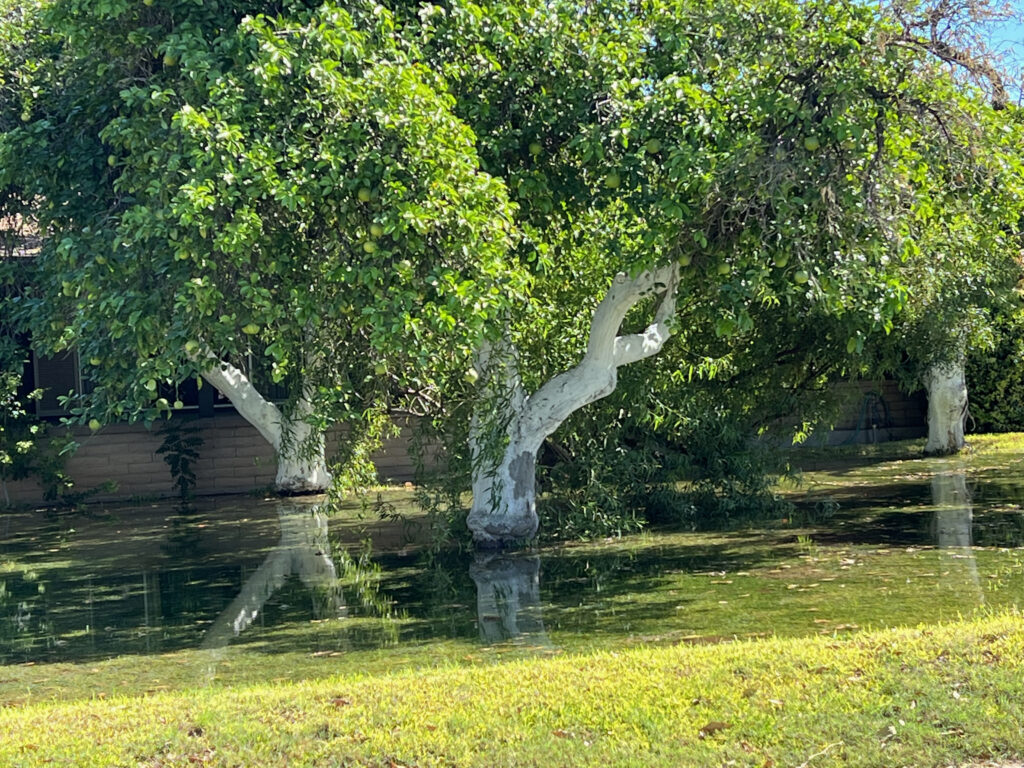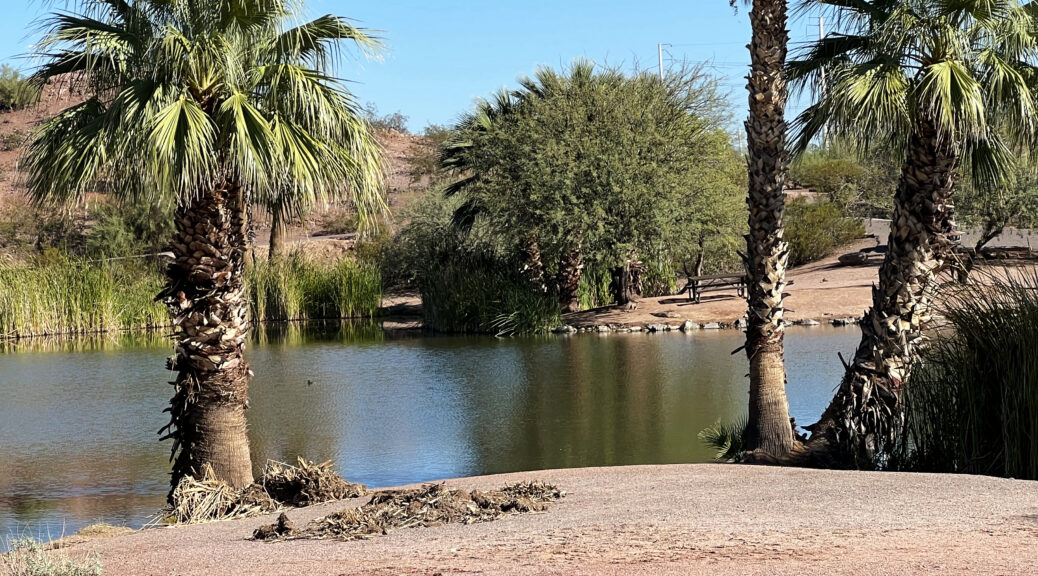
Scottsdale, Tempe and Phoenix
We took Tauck’s America’s Canyonlands tour in October of 2022. On this tour we would visit the Grand Canyon, Glen Canyon, Lake Powell, and both Bryce and Zion National Parks. We arrived a day early for our tour and booked an independent, half-day tour that introduced us to the Scottsdale/Tempe/Phoenix area. We first visited Papago Park and the Sonoran Desert where we saw the iconic Saguaro Cactus.
The Saguaro is a tree-like cactus that can grow up to 40 feet tall and can live for 150 to 200 years. It is native to the Sonoran Desert. A Creosote Bush will often grow around the Saguaro. It protects the Saguaro when it is young and helps provide it with water as it inhibits the growth of other nearby plants that might compete with it for water. The Saguaro is able to absorb and store water, helping it to survive drought conditions. A mature Saguaro, when it is full of water, can weigh 3,000 to 4,800 pounds. It is a slow-growing cactus, not developing its arms until it is 50 to 75 years old. These play an important reproductive role because flowers can develop on each of its arms. Its spines can be three inches long and are almost as hard as a steel needle. They serve a protection role, detaching from the cactus if touched. While they are not poisonous, they can cause deep puncture wounds.
The Saguaro is a “keystone” species meaning that it affects many other organisms within the ecosystem. For example, woodpeckers and gilded flickers make holes in the Saguaro where they then build their nests. This protects them from other animals like coyotes. Later, other birds such as owls and finches will use these holes for their nests. The fruit of the cactus is also edible.
The Saguaro has a kind of woody skeleton or “ribs” that support the structure of the cactus. Years ago, after the death of the cactus, Native Americans used the ribs for building walls, roofs and furniture.


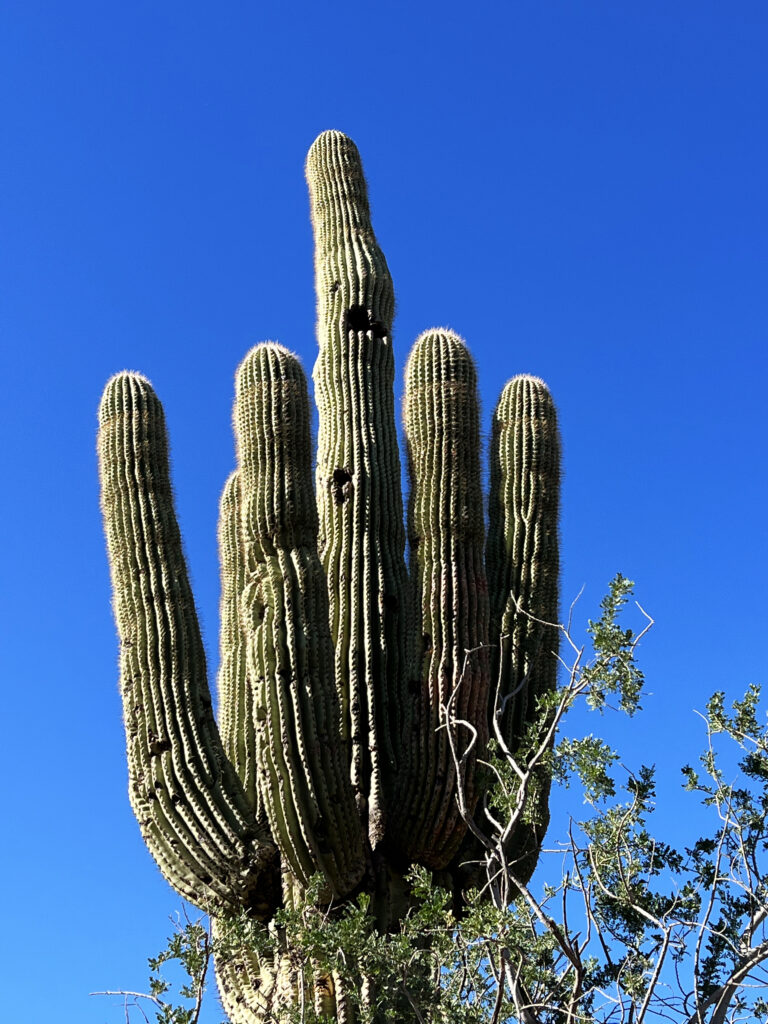
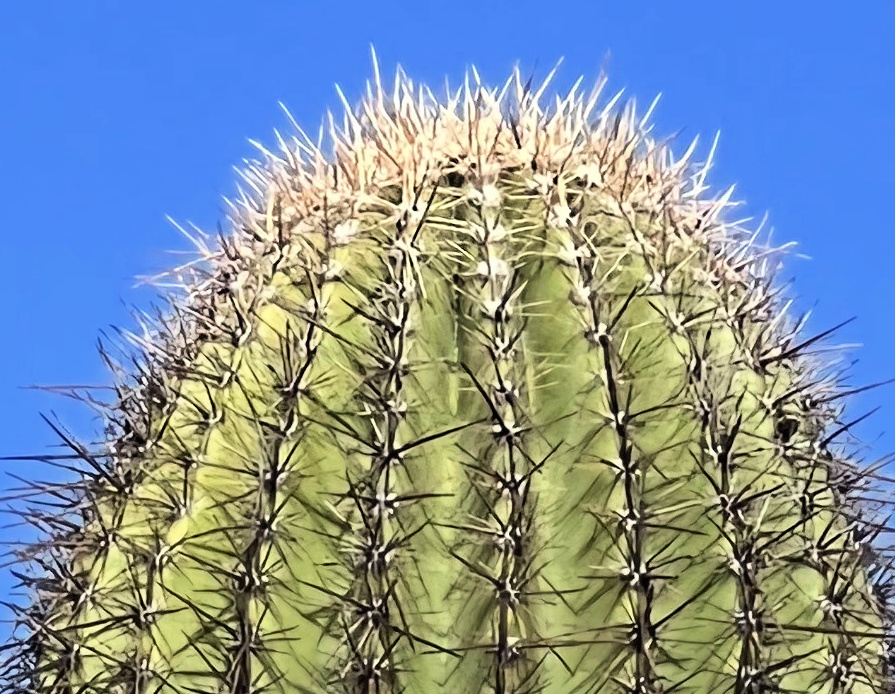

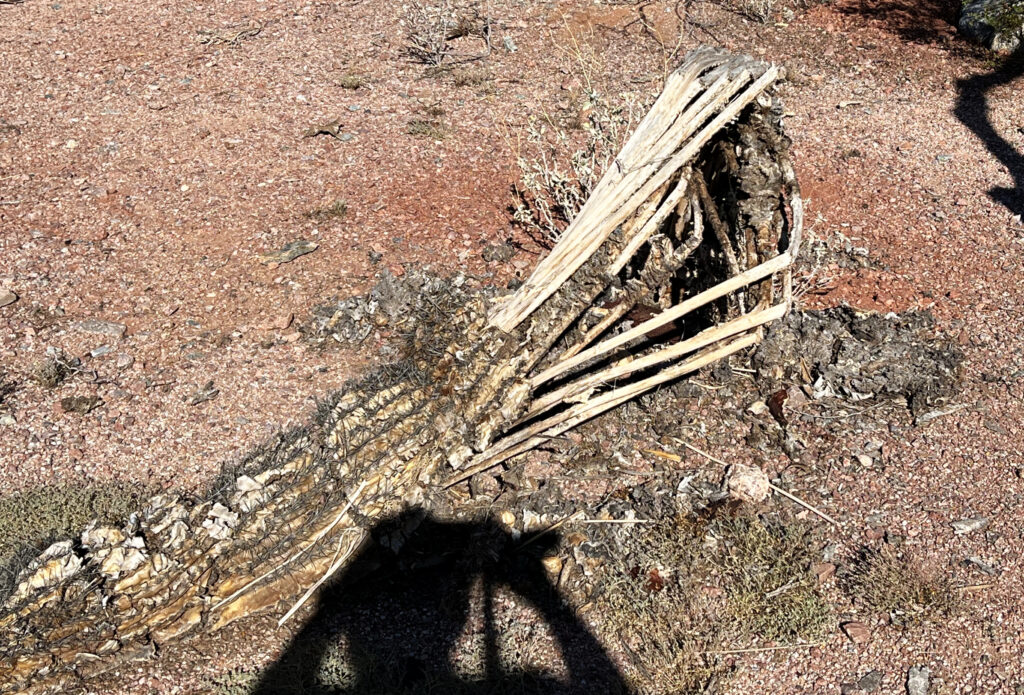
These are some of the other cacti we saw. The first is the Ocotillo. It resembles dead sticks, but if you look closely, you will see some green indicating it really is alive. The next is the Strawberry Hedgehog Cactus. When it is in bloom, it has deep pink flowers. The third picture is an Arizona Barrel Cactus. It is ball-shaped but later develops into a cylinder shape. It can have yellow or red flowers. The fourth picture is a Prickly Pear Cactus. These cacti have flat pads, yellow flowers and bright red fruit. The leaves, flowers, stems and fruit are all edible. Prickly Pear Cactus can live for more than 20 years.
The bird pictured below is a Road Runner. Our guide, Allie, told us they are not easily spotted. As we walked, she frequently clapped so any nearby animals would know we were coming. Some of the other common animals in the Sonoran Desert are lizards, rattlesnakes, tarantulas and prairie dogs.




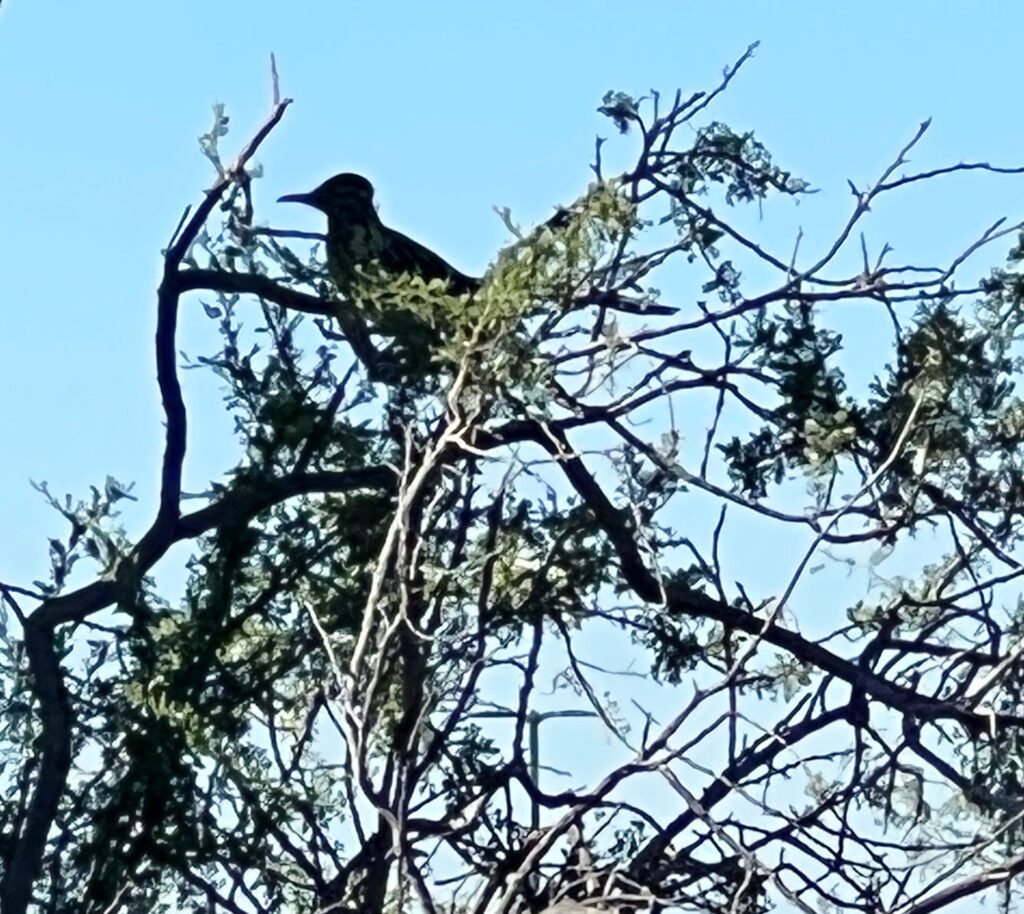
 We next went to Old Town Scottsdale. Allie recommended a Native American shop that is actually Native-owned. We found some pottery we liked and met a wonderful lady whose family made the pieces that interested us. She explained how they were made and the meaning of the symbols. The shop also offers shipping which, since we were at the start of our tour, was a great convenience for us. If you are in Scottsdale, I would suggest stopping in their shop. It is called Native Art Market and is located on East Main Street in Scottsdale.
We next went to Old Town Scottsdale. Allie recommended a Native American shop that is actually Native-owned. We found some pottery we liked and met a wonderful lady whose family made the pieces that interested us. She explained how they were made and the meaning of the symbols. The shop also offers shipping which, since we were at the start of our tour, was a great convenience for us. If you are in Scottsdale, I would suggest stopping in their shop. It is called Native Art Market and is located on East Main Street in Scottsdale.

Also in Old Town is the Old Adobe Mission/Our Lady of Perpetual Help, established in 1933. It was built by people from Mexico who settled here in 1910. The Mission was placed on the National Register of Historic Places in 2018. The first pictures below are of the exterior of the Mission and the sanctuary.
The third picture is a banner portraying a copy of an image of the Virgin Mary that miraculously appeared upon the tilma (cloak) of an Indian farmer in what is now Mexico City. This miracle is reported to have happened on December 12, 1531 and is still celebrated every December 12th throughout Mexico. The banner, titled “Our Lady of Guadalupe,” was created by a famous western artist, Paul Coze, and is displayed in the Mission.
The last picture in this section is a stained glass window created by a Mexican artist, Bernabe Herrera. It was one of his first attempts at designing a stained glass window – this one is known as the “signature window” and is in the front of the Mission. Herrera became the first caretaker of the Mission and also served as the Catechist for the Mission’s children.
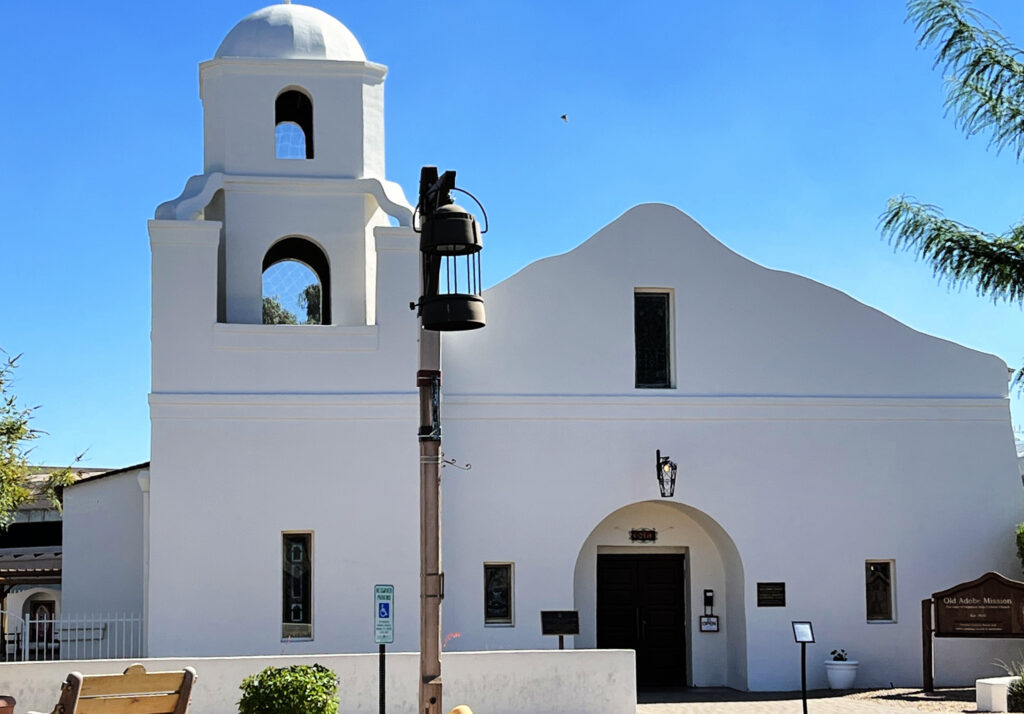

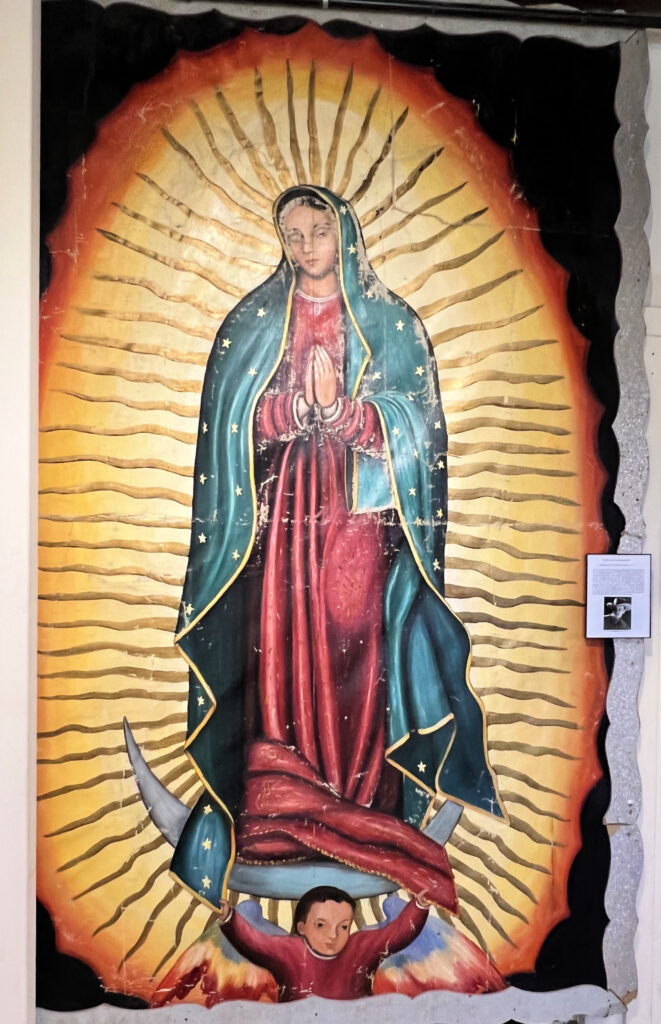

Allie also drove us through some neighborhoods in Phoenix. We were surprised to learn there is an irrigation system allowing some homeowners to grow citrus trees. One such yard is pictured below. A berm has been built up around the border of the front yard, allowing water to nourish the trees. I found this information about the irrigation system:
Most irrigation water originates from SRP’s [Salt River Project’s] 13,000 square mile watershed – an area of land that channels rain and melted snow into the Salt and Verde rivers. From there, SRP delivers irrigation water to customers through a system of lakes, dams, canals and laterals…During flood irrigation, yards are filled with 2–3 inches of water. This helps the water soak deeply into the soil, allowing trees and plants to grow strong, deep roots.
https://www.srpnet.com/grid-water-management/water-management/how-irrigation-works
The last two pictures are examples of Phoenix’s urban art. The Ten-O-One Building marks the Roosevelt Row Arts District. This building has art both inside and out. The second picture was taken on a nearby street. What is pictured can change as often weekly. This was a just a small sample of the street art we saw. The tour, 3 Cities & Nature Tour, was a great introduction to Scottsdale, Tempe and Phoenix!
